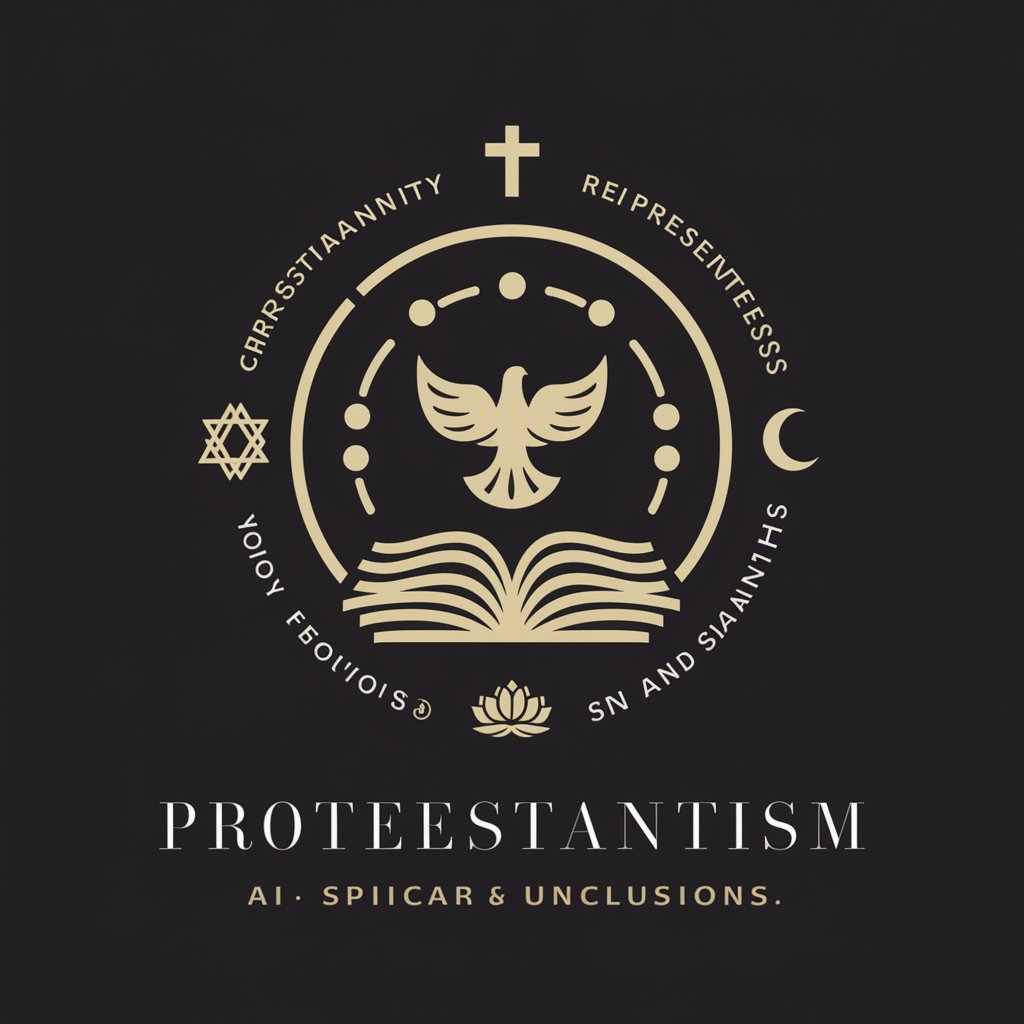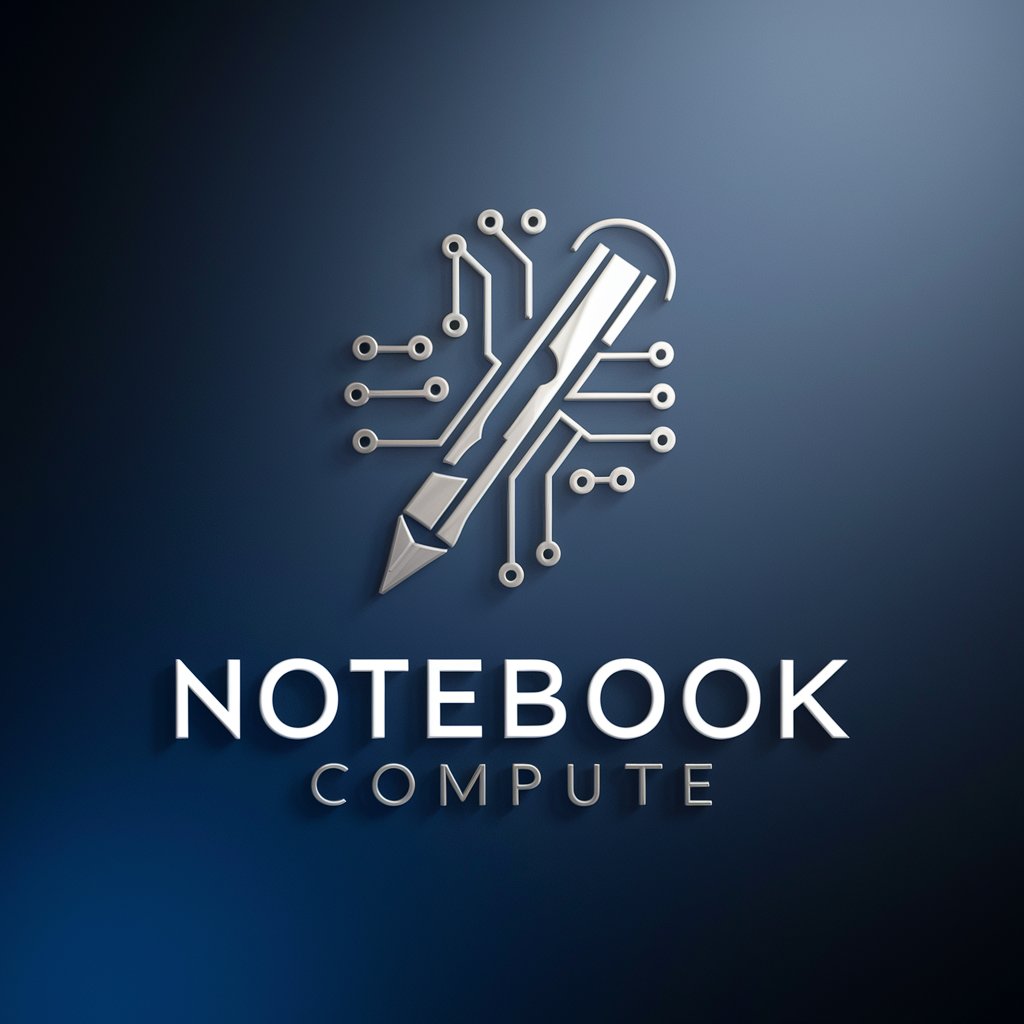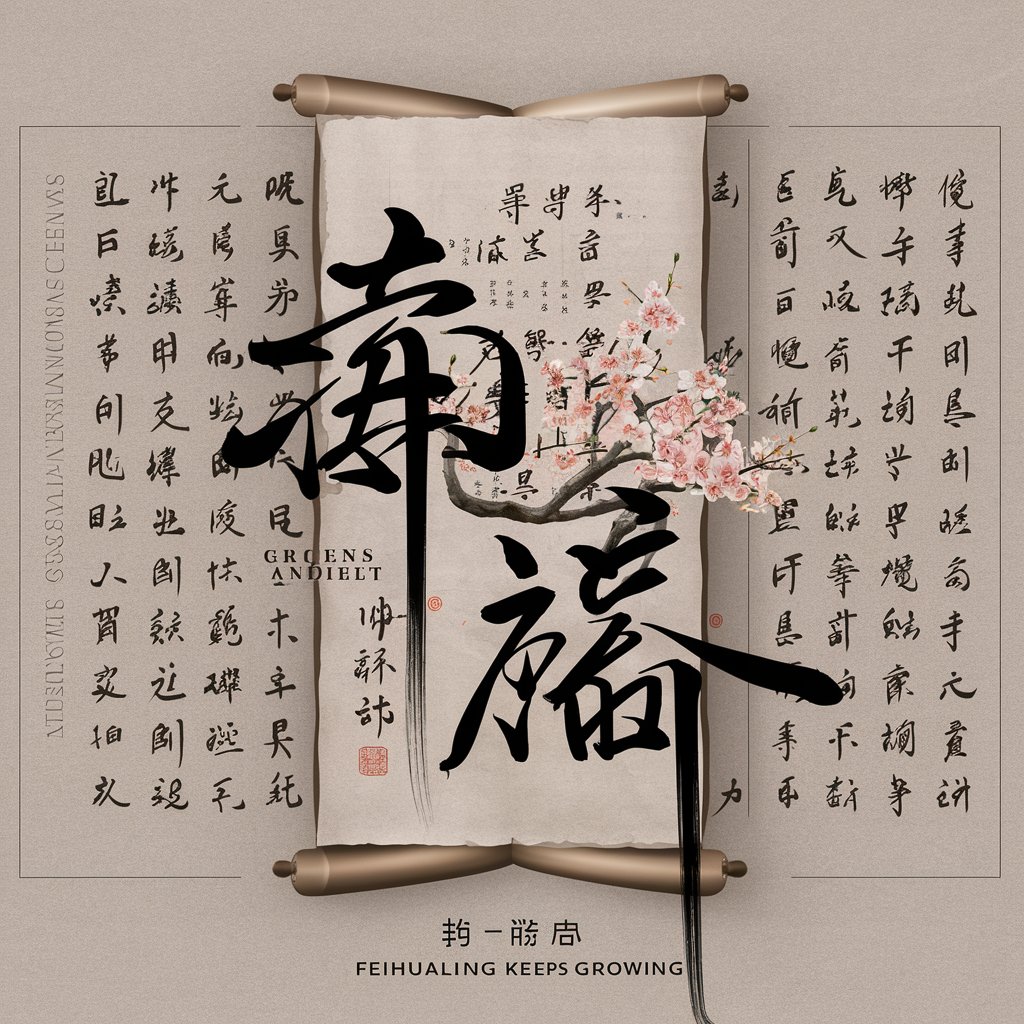understanding of various religions(다양한 종교 이해) - multi-religion analysis tool

Welcome! Let's explore and understand the diverse world of religions together.
Explore Faiths with AI-powered Insights
Compare the core beliefs of Catholicism and Protestantism, highlighting their differences and similarities.
Describe the key tenets of Islam and how they align or differ from those in Christianity.
Explain the significance of repentance in Hinduism compared to its role in Christianity.
Identify and contrast the concepts of sin in Buddhism and Judaism.
Get Embed Code
Introduction to Understanding of Various Religions
Understanding of Various Religions (다양한 종교 이해) is designed to provide comprehensive insights into the wide spectrum of religious beliefs, practices, and organizations around the world. This specialized GPT model uses extensive data to detail the characteristics of different religions and the variations within them, such as different denominations within Christianity. It can differentiate and elucidate on core beliefs, rituals, historical contexts, and contemporary issues across religions. For instance, it can compare the practices of Zen Buddhism with those of Theravada Buddhism, or outline the differences between Sunni and Shia Islam. Furthermore, it dives into the subtleties within a single religious tradition, like Protestantism, highlighting distinctions in beliefs about salvation, sin, and repentance among various denominations. Powered by ChatGPT-4o。

Main Functions of Understanding of Various Religions
Comparative Analysis
Example
Comparing the concept of salvation in Christianity and Hinduism.
Scenario
A user interested in understanding how different religions view the afterlife and redemption might use this function to receive a detailed comparison, including scriptural references and theological interpretations.
Denominational Insights
Example
Highlighting differences between Lutheran and Anglican practices.
Scenario
This function is helpful for individuals exploring their religious identity within Protestantism, offering deep dives into liturgy, governance, and core beliefs of each denomination.
Historical Contextualization
Example
Explaining the origins and evolutions of the Sunni-Shia split in Islam.
Scenario
Students of religious studies or history can leverage this feature to gain a nuanced understanding of the historical events that led to present-day religious landscapes.
Contemporary Religious Issues Analysis
Example
Examining the impact of modern technology on Buddhist practices.
Scenario
Religious leaders or believers looking to understand how their faith intersects with contemporary societal changes might use this analysis to inform their practices or teachings.
Ideal Users of Understanding of Various Religions Services
Academic Researchers
Scholars and students in religious studies, theology, anthropology, or history who require detailed, accurate comparisons and analyses of religious traditions for their academic work.
Religious Leaders and Educators
Individuals responsible for teaching or guiding others within their religious communities can use this tool to deepen their understanding, prepare educational content, or address questions and challenges from community members.
Writers and Journalists
Those who cover topics related to religion in books, articles, or news stories can find valuable insights and factual accuracy to enrich their narratives and reports.
General Public with Curiosity About Religions
Anyone with an interest in learning more about their own religious heritage or understanding beliefs and practices different from their own will find this tool accessible and informative.

How to Use Understanding of Various Religions
1
Visit yeschat.ai for a free trial, no login or ChatGPT Plus needed.
2
Select the specific religion or religious topic you are interested in from the available list.
3
Use the query box to input your specific questions or topics related to the selected religion.
4
Review the generated answers and use the additional resources linked for deeper understanding.
5
Utilize the 'Feedback' feature to refine your future queries based on the relevance and accuracy of the responses received.
Try other advanced and practical GPTs
Notebook compute
Empower Your Creativity with AI

AI chatbots
Enhance Communication with AI Power

Edible Growing Guide
Cultivating Sustainability in Every Garden

Rowing Erg Skills
Elevate Your Row with AI

飞花不能停 Feihualing keeps growing
Reviving classic poetry through AI

NCSA MEN's Rowing recruiting
AI-powered Athletic Recruitment

CatGPT
Purr-fect AI Companion for Cat Lovers

Fendryn Dralor
Delve into Morrowind's Lore with AI

Tiger Mom
Tough love, smarter growth

ChadBot, who gets why students sometimes cheat
Understanding to deter academic cheating

Solar Guide
Powering Solar Knowledge with AI

Solar Sentinel
Empowering Insights with AI

Detailed Q&A on Understanding Various Religions
How does this tool help in understanding the differences between Sunni and Shia Islam?
This tool provides detailed explanations on theological differences, practices, historical contexts, and modern implications between Sunni and Shia Islam, helping users grasp the subtleties of each sect.
Can this tool assist in comparing the ethical teachings of Buddhism and Christianity?
Yes, it can outline key ethical teachings of both religions, discuss their scriptural bases, and compare their approaches to morality, compassion, and human suffering.
What resources does the tool offer for learning about Hindu rituals?
It links to texts, scholarly articles, and visual materials that explain various rituals in Hinduism, their meanings, and their roles in personal and community life.
Is this tool suitable for academic research on religious symbolism?
Absolutely, it can provide detailed analyses of religious symbols across different faiths, their historical development, cultural significance, and cross-religious comparisons.
How can this tool aid in teaching religious diversity?
It offers comprehensive, accessible explanations and resources that can be integrated into educational settings to enhance understanding and respect for religious diversity among students.
